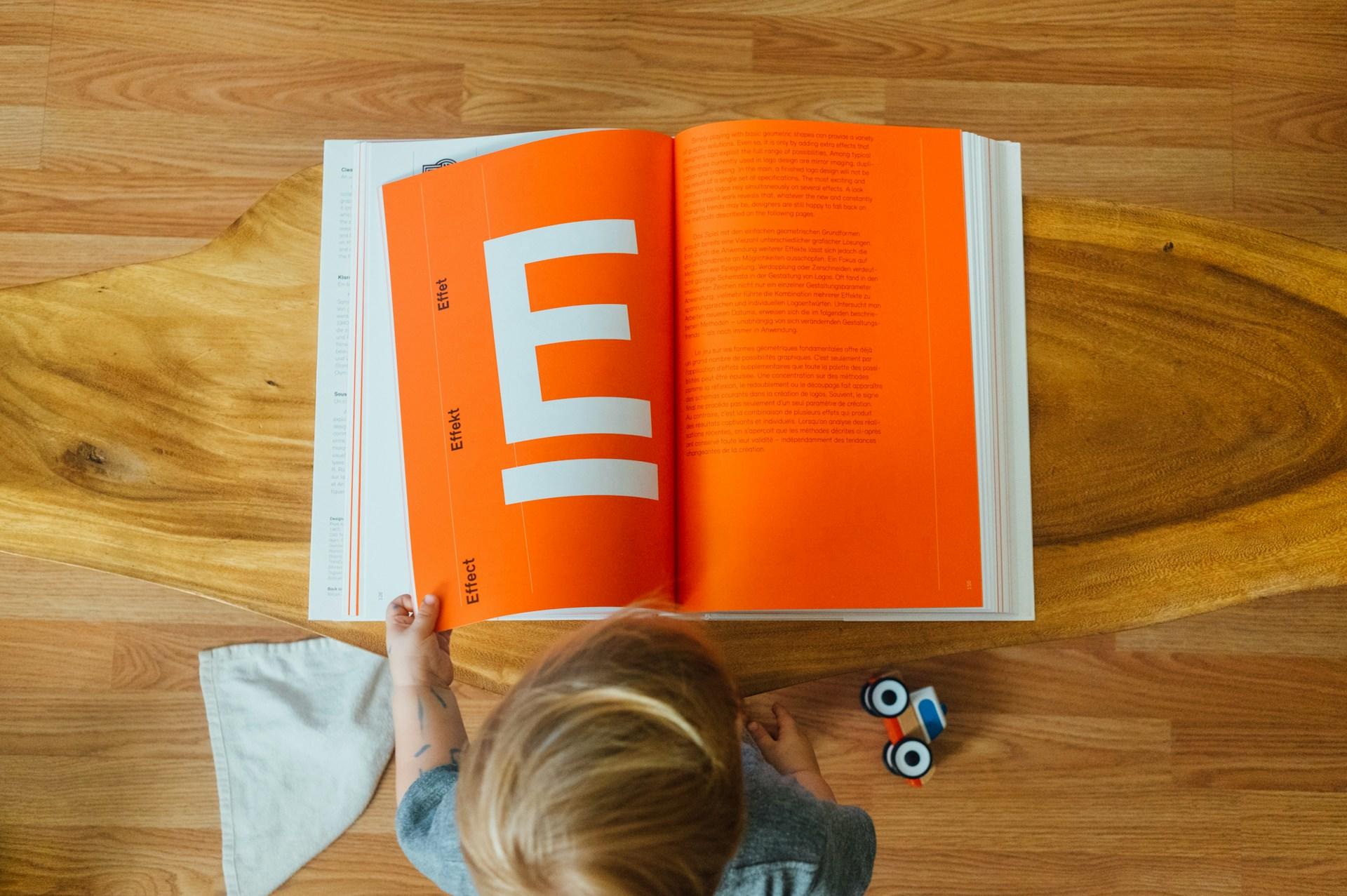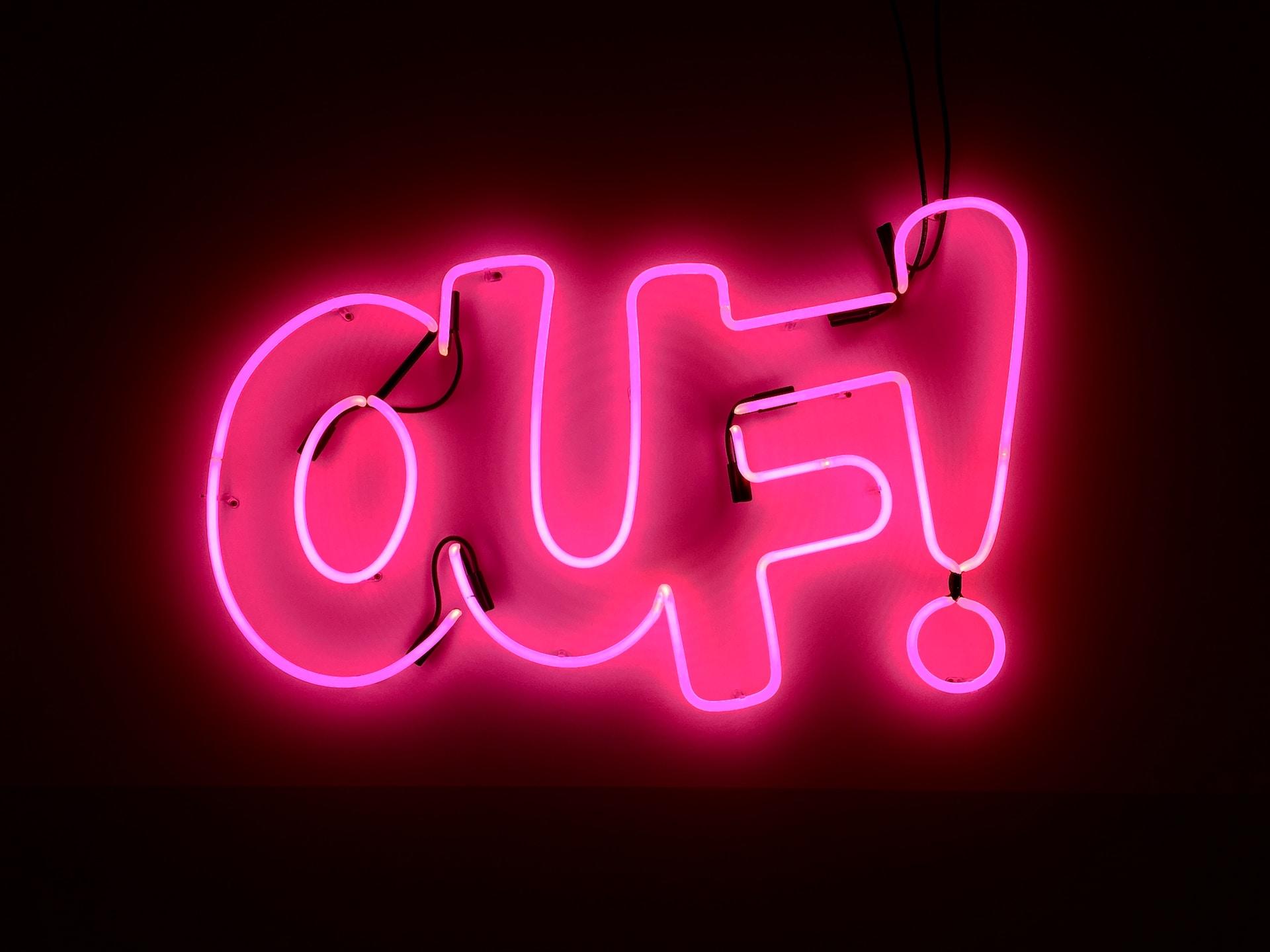Learning French means you learn your French vocabulary and grammar. You might write flashcards, master making your adjectives agree, memorise verb conjugations and practice spelling. After all that, you can read and write perfectly well in French. But then you open your mouth and sound like a bad imitation of the Pink Panther's Inspector Clouseau.
Speaking French means mastering pronunciation. That's harder than learning French greetings and saying "bonjour", "merci" and "bonne nuit" at every turn. It would help if you also mastered the following:
- the French language's intricate vowel sounds
- master the double-letter sounds
- understand the purpose of diacritical marks and how they change a letter's sound
- Mark the differences between consonant sounds from your native language to French
- tone and inflexion in French
- practise, practise and more practise
Studies have shown that babies focus on the sounds of their mother tongue even before they are born. Native French speakers didn't have to work as hard as they would to speak French without a foreign accent.
And you have one more challenge to overcome. The older you are, the harder it is to form different sounds. It's also harder to hear the subtle differences between similar sounds when listening in your target language. That's true even in French conversation classes, where speech is slower to make it easier to understand.
But cheer up! There are enough French dialects and accents that a particular variation in the pronunciation of words is not unusual. And the most important thing is not 100% correct pronunciation - it's getting it just enough right that everyone understands you.

How To Pronounce French Vowels 1: Simple Vowel Sounds
Vowels are the bane of English speakers trying to learn a second language. That's because few English vowels are 'pure'. Most English accents don't have just one sound within a vowel but several. Linguists call these diphthongs.
Have you seen the classic film, "My Fair Lady"? It features Audrey Hepburn doing a rather horrid Cockney accent, which a phonetics professor abhors. He shudders at all the vowel sounds in a single "oi!".
Just think of how O is pronounced in English. Notice how your mouth closes a bit in a W sound a the end? Or how does the A in "spade" rhyme with "may"? If you don't speak with one of the "standard" English accents, bear with me. You'll soon see that you have diphthongs, too.
The French language has very few diphthongs. They are easy to spot, usually written with two letters (see below). To speak French like a native, you will need to shorten your vowel sounds and make them purer when you speak French. Especially as a British or American English speaker,
A pronunciation Key for Standard French Vowels:
| French Word | Phonetic Explanation | Audio |
|---|---|---|
| A (as in "chat") | Similar to the A sound in “cat” | |
| I (as in "fini") | Same as the English letter E, or ee as in “seed” | |
| O (as in "porte") | Like in “location” | |
| U (as in "lune") | Like the German Ü, “you” | |
| Y (as in "style") | The Y sound in yellow, not in spy; or an “ee” sound if followed by a consonant |
The Variations of the Vowel E
When taking French courses, beginners often get confused by how the French pronounce the letter E.
This letter is often pronounced like the letter combination "eu". Its pronunciation is closer to the German "ö" than any English language sound. At best, we can compare it to the "ur" or "ir" sound in "survey" and "girl". Maybe the E in "angel", too, but open it up a lot and form your lips into an O sound.
The French E is pronounced that way at the end of words (" le", "te"). Words with a two-consonant + e + one consonant group (" mercerie", "pelleteuse"…) also demand this pronunciation. As do words with E between two single consonants (" menuisier", "cerise")
Another way to pronounce E is like in the English word "set". This is the case between two single consonants in a one-syllable word (" mer", "cher"). You'll also hear it before a two (or more) -consonant set (" serpent", "envers"), or at the beginning of words (" express", "expérience").
Yet another way to pronounce E is like "eh" with an Australian accent but not as drawn out. Remember to keep it short! This is how it is pronounced when it is written with the accent aigu - the acute accent: école, église and the like.
At the end of words, barely pronounce the E. It's a soft way of letting French words fade out rather than ending abruptly. This applies to standard French; there are French regional accents where it is spoken more strongly, like an "eu".
Learning French can open doors to new opportunities and finding the right French lessons is crucial.
| French Word | Phonetic Explanation | Audio |
|---|---|---|
| E (as in "le") | Often pronounced like the letter combination “eu” | |
| E (as in "mer") | Pronounced like in the English word “set” | |
| É (as in "école") | Like “eh” with an Australian accent but not as drawn out |

How To Say French Vowels 2: French Accents and What They Do
Fortunately, E often gets an accent that tells you how it should be pronounced. When you learn French, it's easy at first to ignore the little strokes on top of the vowels. But they're important, and you should pay attention to them. They're not just an integral part of the spelling of French words. They modify the vowels' sounds and functions.
The accent aigu (acute accent - é) is only used on the letter E. Pronounce it almost like the A in "same" but lose the Y sound at the end and close up your throat. You might want to close the sides of your mouth a little more, too.
The accent grave (grave accent - è, à, ù) is only for those three letters. It opens and lengthens these vowels somewhat: eeeh, aah. The use of ù is only for the French word où (where) to shorten the "ou" (" oo") sound. It helps listeners distinguish between 'where' and 'or'. And sets it apart from "ou" (or).
The accent circonflexe (circumflex accent - ê, î, â, ô, and the letter û). The only vowel that cannot get a circumflex is Y. The circumflex opens and lengthens the vowel sound more than the accent grave does.
The circumflex is common in some verb conjugations and often pops up in a French word that used to have an S after the vowel. Those include hôpital (from the same root as the English word hospital), hôte (see English "host"), "gîte" and others.
The tréma, or diaeresis: only on the letters ï and occasionally ë. It shows that a vowel is pronounced separately in a double-vowel group: Noël (noh-elle) or maïs (mah-ees). The name Chloë is another great example of such.
| French Word | Phonetic Explanation | Audio |
|---|---|---|
| É (as in "café") | Almost like the A in “same” but without the Y sound | |
| È, À, Ù (as in "père", "là", "où") | Opens and lengthens these vowels somewhat | |
| Ê, Î, Â, Ô, Û (as in "fête", "île", "pâte", "hôtel", "mûr") | Opens and lengthens the vowel sound more than the accent grave does |
Whether you French lessons online or in person, remembering what these little strokes are for will help you pronounce French nouns and French verbs correctly.

How To Learn French Vowels 3: Nasal Sounds and Diphthongs
These sounds are both the most iconic in French and the easiest to mispronounce when you are a beginner French student. When pronouncing nasal vowels, make the sound in your nose rather than in your throat.
To practise, close your mouth and speak through your nose. It won't get you the exact sound on the first go, but it will help you practise that nasal component and get a feel for it before your next French classes.
The basic French nasal sounds start with On. Say an O through your nose; the n is a silent letter and only there to show it is a nasal. Now, about the Un sound. In daily speech, French people barely differentiate "un" from "in"; however, there is a subtle difference. Try saying "uh" nasally.
An, am* / en, em*: Open up the "on" into an A or schwa. Technically, the "an" spelt with an "a" is more open in the throat than those written with an E. In conversational French, they are often interchangeable, even for a native speaker.
Now for In /im*/ain: say an I through your nose. Note that the spelling with the M is used before a P but if the P comes at the end of the word then it is silent.
French has two diphthongs. Oi is pronounced "wah", not like the English "oi" or "oy". (Except in the Quebec dialect where they pronounce it "wè"). And "Il" and "ille": if preceded by a vowel, they are pronounced "eey": as in œuil (ö-y), fille (fee-yuh) and pareille (pah-rey).
| French Word | Phonetic Explanation | Audio |
|---|---|---|
| On (as in "bon") | Say an O through your nose | |
| Un (as in "un") | Say “uh” nasally | |
| An, En (as in "an", "enfant") | Open up the “on” into an A or schwa | |
| In, Im (as in "vin", "simple") | Say an I through your nose | |
| Oi (as in "bois") | Pronounced “wah” | |
| Il, Ille (as in "fille") | If preceded by a vowel, pronounced “eey” |

Learn to Speak French Consonants: Note the Difference
When reviewing the French alphabet in your French class or French online lesson, remember that not every consonant is pronounced exactly like in the English language. For example, the French C is generally pronounced like a K except in front of an E or an I, where it's pronounced like the S in English: carapace = ka -ra-pa-s, précis (pray-see).
Pronounce the French G like in "garden" except when it is between two vowels, in which case it sounds like the English J without the D sound in front of it: "gomme" (gom) but garage (gah-raj) and luge (lüj).
The French H is silent. There is often a slight glottal stop at the beginning of words starting with H, but the sound is never, ever pronounced. However, French grammar occasionally acknowledges it is there.
Some words beginning with H are spoken as though they start with a vowel. L’homme rather than le homme, for instance, or l’hysterie rather than la hysterie. Other French words acknowledge the H and don't contract or do the "liaison" before it. Le hibou and un haut arbre. serve as good examples of such.
The French J sounds like the English J, but say it without the D sound at the beginning. Practise saying Juge, jouer and justement to see how it feels to pronounce J correctly.
English speakers form the L sound with the tongue near the teeth. In French, you need to place your tongue a little further back on your palate. It gives the L a slightly different intonation that makes you sound like a francophone. Listen to French sound files and you will hear it.
The French Q almost always appears with U, as in English. Together, they form a K sound rather than the Kw sound, as our native language calls for. Quelle, question and enquête will help you get the hang of it.
The French R is not rolled as in Italian or Scots, but it isn't quite the English R either. When you say it, roll the R sound not with your tongue, but at the back of the throat. When done properly, it should feel like you're preparing to spit.
Listen to Edith Piaf, a French singer. She rolls her Rs rather theatrically, but this paragon of French music shows you the difference to the Italian R if you listen carefully. After that short break, master the French W. It sounds like the English pronunciation of the letter V (wagon). French lessons can help you develop fluency in speaking, reading and writing the language.
| French Word | Phonetic Explanation | Audio |
|---|---|---|
| C (as in "carapace") | Like a K except in front of an E or an I | |
| G (as in "garage") | Like in “garden” except when it is between two vowels | |
| H (as in "homme") | Silent, often with a slight glottal stop | silent |
| J (as in "juge") | Like the English J, but without the D sound at the beginning | |
| L (as in "lune") | Tongue a little further back on your palate | |
| Q (as in "que") | Forms a K sound rather than the Kw sound | |
| R (as in "rouge") | Roll the R sound at the back of the throat | |
| W (as in "wagon") | Sounds like the English pronunciation of the letter V |

How To Pronounce Certain Letter Combinations In French Speech
In your beginner French course, you might have noticed that the French C is sometimes embellished with a little tail: ç. It comes from the Visigoth script version of the letter Zet.
The C with a cedilla is used in the middle of words to indicate that the letter C should be pronounced differently: like an English S instead of K. Note the difference in the C sound in 'placard' (plah-kar) and 'glaçage' (icing, as in a cake) and, of course, français.
The cedille is as important to proper French pronunciation as the Spanish ñ. In both cases, disregarding these marks makes what you say incomprehensible. And while we're on the Spanish ñ sound... The French' gn' sounds the same! Words like 'champagne' and 'oignon' (wah-nyon) are great practice. Other examples include "peigne" (peh-nye), chignon (shee-nyon)
To develop your authentic French accent, remember that -er at the end of a word is pronounced like the "é" (eh). Métier, doubler and jouer all end with that sound.
The 'ai' and 'ei' sounds barely differ from one another. Say 'maire', 'faire' and 'laisse'. And then, contrast them with 'Seine', 'peine' and 'peigner'. You'll note your mouth opens vertically on the 'ai' words and wider on the 'ei' words.
Before we move into tone and inflexion in French, we have one last letter pair to cover. Ch is the same as "sh" in the English language: "chat" (shah, cat), "cheveux" (sheu-veu, hair). Try saying 'charger' (shar-jay), marcher (mar-shay) and something more challenging: chirurgie (she-rür-jee).
| French Word | Phonetic Explanation | Audio |
|---|---|---|
| Ç (as in "français") | Indicates that the letter C should be pronounced like an English S | |
| Gn (as in "champagne") | Similar to the Spanish ñ sound | |
| Er (as in "métier") | Pronounced like the “é” (eh) | |
| Ai, Ei (as in "faire", "peine") | Ai opens vertically, Ei opens wider | |
| Ch (as in "chat") | Same as “sh” in the English language |
The French Accent and Phonology
Even though English is not a tonal language, we use tone and syllable stress to give our language meaning. For instance, we won't know if the word 'export' represents an action or an object until we hear it or see it in context.
If the last syllable is stressed, we know the speaker is shipping something somewhere. If the first syllable receives the stress, we know they're talking about things that came from elsewhere.
Native French speakers don't make such distinctions. The rule is very simple: always stress the last syllable. Even if the last syllable is supposed to be 'swallowed', as in 'maire' or 'homme', it receives the same approximate stress as full-syllable sounds. Try saying 'maire et marrier' or 'homme et hibou' to feel the sameness.
Likewise, native French speakers do not rely on tone or inflexion to give their sentences meaning, as we must in English. For instance, we don't know what "I didn't kick that dog" means until we hear it or see it in context. Stressing the 'I' means someone else kicked the poor beast; stressing 'that' implies the speaker kicked a different dog.
Thus, you may comfortably speak entire sentences in French without worrying about syllable stress or inflexion. However, you can make your speech more insistent by adding emphasis to a word's first syllable. "C'est MERveilleux de te revoir!" (It's marvellous to see you again!) shows how happy you are at the meeting.
This system works no matter where you place the stress in the sentence. "Un repas DIGNE d'un roi!" mirrors the English translation: a meal FIT for a king. However, you could easily stress 'roi' to express the magnitude of the greatness of the meal.
All of your French courses London (or wherever you are based) will cover many of the above lessons in the language. Now, it's time for us to put into practice everything we've learned.
| French Word | Phonetic Explanation | Audio |
|---|---|---|
| Export (as example) | Always stress the last syllable | |
| Merveilleux (as in "C'est merveilleux") | Emphasis can be added to a word's first syllable for emphasis | |
| Digne (as in "Un repas digne") | Stress can be placed anywhere in the sentence for emphasis |

Tongue Twisters to Improve Your French Accent
Virelangues - tongue twisters in French, are a fun way to build fluency. Tongue twisters rely on repeating, alternating sounds to help the speaker pronounce words clearly. They're great to help you gain confidence in your speaking skills, too!
Let's start with an easy virelangue: seize chaises sèches. These sixteen dry chairs set the tone for our next tongue workout: son chat chante sa chanson. Whether his cat is any good at singing its song is a mystery but it probably stopped when: cinq chiens chassent six chats.
Five dogs chasing six cats must have been a sight to: le ver vert (qui) va vers the verre vert. The green worm going to the green glass must have startled: Lily (qui) lit le livre sur le lit. And what about: Un généreux déjeuner regénérerait des généraux dégénérés?
Granted, a generous lunch regenerating degenerated generals might be hard to say. That tongue twister proves we've wandered into the 'tough' category. Let's try a few more.
Si ton tonton tond mon tonton, mon tonton sera tondu (If your uncle mows my uncle, my uncle will be shorn). Note that French slang often uses the verb 'tondre' (tond, 3rd person singular). Tondre un oeuf (to shave an egg) means making money by any means possible. Should a scammer make off with your life savings, you could say "Il m'a tondu!" (He fleeced me!).
And now, we'll finish off with a classic French tongue twister: Est-ce que les chaussettes de l’archiduchesse sont sèches? Oui, archi sèches! You might not ever care whether the archduchess' socks are dry or super-dry. But mastering their phrase will make you a master of French pronunciation.
If you want to learn French, you must realise that many endings are not pronounced at all. The dicti nary will use the phonetic alphabet to tell you how to pronounce things correctly. However, t pays to remember that -ent endings in French verb forms are usually silent, as are endings in vowel + s and vowel + t.
| French Phrase | English Meaning | Audio |
|---|---|---|
| Seize chaises sèches | Sixteen dry chairs | |
| Son chat chante sa chanson | His cat sings its song | |
| Cinq chiens chassent six chats | Five dogs chasing six cats | |
| Le ver vert va vers le verre vert | The green worm goes towards the green glass | |
| Un généreux déjeuner regénérerait des généraux dégénérés | A generous lunch would regenerate degenerated generals | |
| Si ton tonton tond mon tonton | If your uncle mows my uncle | |
| Est-ce que les chaussettes de l’archiduchesse sont sèches? | Are the archduchess' socks dry? |















